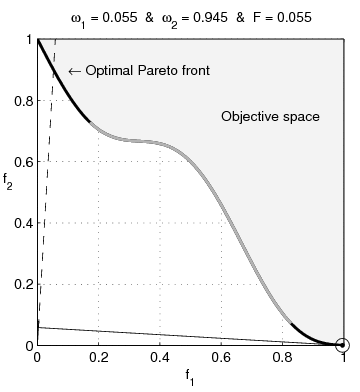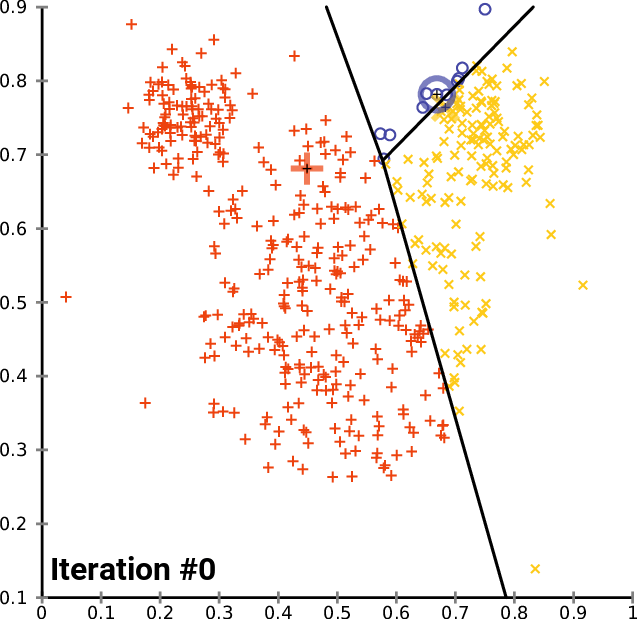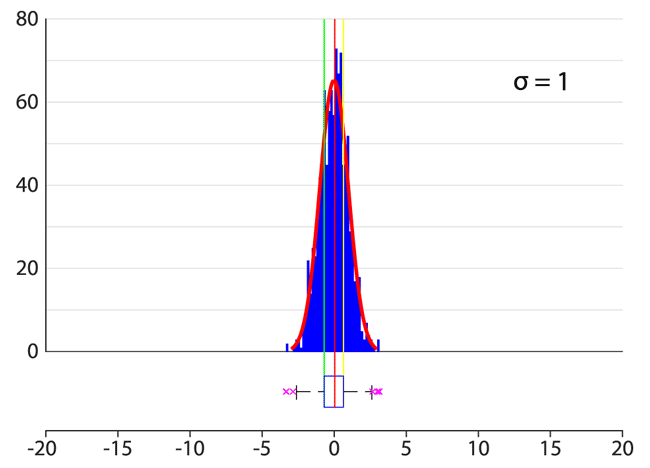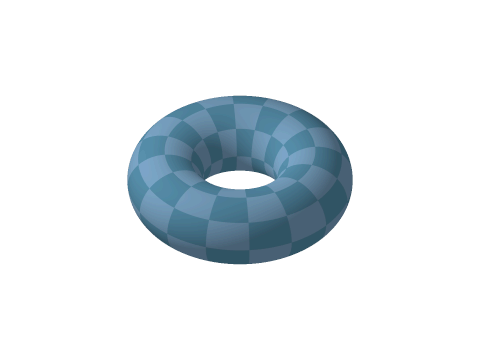

Multidisciplinary Neuroscientific Technologies Ltd / Harry Muzart
www.Scientifically.org.uk
Exploring everything in everyone's everyday lives, from a Multidisciplinary and Scientific perspective, with engaging e-Learning resources in Interdisciplinary & Applied Science across the Physical, Biological and Social Sciences.
1A. Homepage ('Scientifically!' Productions)
1B. Blog Articles ¦ Writings ¦ Other Articles
1D1. ⋇⋇⋇ Videos (Main Page) ⋇⋇⋇
1F. V-Labs & Simulations (in progress)
1H2. for the hearing/visually-impaired
1I. Announcements ¦ Contacts ¦ Social Networking
1K. 'Behind-the-Scenes' Processes
1L1. State of the Organisation
1L2. Disclaimer (Legal) ¦ Licenses ¦ Privacy Policy ¦ Ads ¦ Terms
Repositories of Resources by Others:
2A. Applied Physics & NanoPhysics/Chemistry, within our BioSphere/GeoSphere (⋆⋆⋆)
2B. The Universe and Beyond (⋆⋆)
2C. Paleo-archaeology, Evolution, Biodiversity, Anthropology, Human History & the Present (⋆⋆)
2D. Engineering Sciences; Information & Complex Systems; Computing; Futurism (⋆⋆)
2E. Molecular/(Bio)Chem/Cellular & Genetic Eng. & (Bio)NanoTechnology (⋆⋆)
2F. Computational Neuroscience, A.I., and HC/BM Interfaces (⋆⋆⋆⋆)
2G. Other Physiological Systems & BioMed. Physiol. (⋆⋆)
2H. Neurobiological Sciences (Multidisciplinary) (⋆⋆⋆⋆⋆⋆⋆⋆)
2I. Clinical-Medical Conditions (Diseases/Disorders/Ailments) (⋆⋆⋆⋆)
2J. Physical Sports, Extreme Physiology, Nutrition (⋆⋆⋆⋆)
2K. Cognitive Neuroscience, Education, Evo-Devo Behavioural Psychology, Mental Health (⋆⋆⋆⋆)
2M. Risk Awareness, Personal Safety, Security, Self-Defence (⋆⋆)
2N. Economics (Micro/Macro) (Behavioural/Sociology/Policy) (Math) (⋆⋆)
2O. Neuro-Law, Jurisprudence, Bio-Ethics, Politics & Global Society (⋆⋆)
2P. Digital Libertarianism, Cyber-Democratisation, Techno-Liberalism (⋆⋆)
2Q. Academia, Logic, Philosophy, Secularism, Methods, Innovation, Institutions (⋆⋆)
2R. Applied Mathematics/Statistics/Analytics (for Everything) (⋆⋆)
2S. Languages and Culture-specific Media & Communications (⋆⋆)
2X. General/Misc/Amalgame & Career Activities (⋆⋆)
3A. Sciences/General (Motivational Inspirational) (⋆⋆)
Each of the sub-topics below will be applied to examples in the following list:
-
Systems biosciences (biochemical, molecular, cellular, tissue-level, organismal physiology, neuroscience, medicine, populations)
-
Cognitive psychological sciences
-
Computer (software) engineering
-
Computational Neuroscience
-
Economic sciences
-
All other physical engineering sciences.
There will be an emphasis on mathematical fluency/literacy; that is, a full comprehension to solve problems, and mathematical languages in the form of equations, numerical & symbolic formulations, and other graphical & diagrammatic representations.
Sub-topics
-
Induction
-
Trigonometry
-
Geometry
-
Cartesian maths
-
Functional mapping
-
Sequences & limits, series
-
Multivariate analytics
-
Complex numbers
-
Vectors, scalars, and matrices
-
Infinitesimal calculus
-
Differentiation, fist-order, higher-order, partial
-
Integration
-
Exponentials and logarithms
-
Transformations
-
Linear algebra
-
Non-linearity
-
Discrete mathematics
-
Group & set theory
-
Probability and statistics
-
Dynamics
-
Modelling
-
Theoretical & abstract mathematics
-
Graph theory
-
Fluid dynamics
-
Topology
-
Logic
-
Computation
-
Innovation in maths
A lot of scientists understand the language of mathematics and physics; and they understand the main concepts and structures studied within biology. But when we look at the underlying processes which support biophysical systems, we realise there is a lot more complexity than we had originally thought. Simple ideas, simple processes, laws, and simple building blocks, can give rise to ever-increasing combinatorial complexity. 'Complexity & Systems Science' is a rather new field of study, which is taking interdisciplinary science to its next level, and is really the only way to truly understand how things work, at every level of analysis.
Useful sources:
● https://www.ucl.ac.uk/complex (Centre for Mathematics and Physics in the Life Sciences and EXperimental Biology)
List of all equations
http://math.mit.edu/research/applied/index.php
https://bulletin.brown.edu/the-college/concentrations/apmb/
Applied math
http://www.nature.com/neuro/journal/v4/n2/abs/nn0201_113.html
Brain calculus: neural integration and persistent activity
http://www-math.mit.edu/~djk/calculus_beginners/
https://brilliant.org/math/combinatorics/
Discrete Mathematics
https://en.wikipedia.org/wiki/List_of_equations
https://en.wikipedia.org/wiki/List_of_mathematical_functions
--- http://www.mathplanet.com/education/algebra-2/how-to-graph-functions-and-linear-equations
--- http://tutorial.math.lamar.edu/Extras/StudyMath/HowToStudyMath.aspx
--- http://www.maths.ed.ac.uk/school-of-mathematics/studying-here/undergraduate-study/what-will-i-study
--- http://animated-mathematics.net/
--- http://www.mathwarehouse.com/animated-gifs/
--- https://commons.wikimedia.org/wiki/Category:Mathematical_animations
--- http://www.science-animations.com/MathsAnimations.html
Some videos from external sources:
"On the Nature of Causality in Complex Systems, George F.R. Ellis" by Copernicus Center for Interdisciplinary Studies
http://youtube.com/watch?v=nEhTkF3eG8Q
"Complex Biological Systems: A Debate, pt. 1: Stephen Meyer Presents" by Stephen Meyer
http://youtube.com/watch?v=f36Xup_XN4M
"Open Science, Evolutionary Informatics, & the Tree of Life" by BRNINBRE
http://youtube.com/watch?v=DvzMnnX6xyI
"Information, Evolution, and intelligent Design - With Daniel Dennett" by The Royal Institution
http://youtube.com/watch?v=AZX6awZq5Z0
Creative Commons (free to use, share or modify, even commercially) Images, Animations and Videos
--- https://en.wikipedia.org/wiki/Unit_circle#/media/File:Circle-trig6.svg
--- http://texample.net/tikz/examples/observer-estimator/
--- https://commons.wikimedia.org/wiki/File:NonConvex.gif
--- https://commons.wikimedia.org/wiki/File:Euler-bqf-2x2.PNG
--- https://en.wikipedia.org/wiki/Portal:Mathematics/Selected_picture#/media/File:Villarceau_circles.gif
--- https://en.wikipedia.org/wiki/K-means_clustering#/media/File:K-means_convergence.gif
--- https://commons.wikimedia.org/wiki/File:NetworkTopologies.svg
--- https://commons.wikimedia.org/wiki/File:IQ_-_distribui%C3%A7%C3%A3o_sim%C3%A9trica.gif
--- "Algebra and Mathematics. Explained with easy to understand 3D animations." by Physics Videos by Eugene Khutoryansky (Jan 2014)
https://www.youtube.com/watch?v=MJYsXGbxueY
--- "Advanced Mathematics for Engineers Lecture No. 14" by Hochschule Ravensburg-Weingarten (Jan 2012)
https://www.youtube.com/watch?v=3rHBCglD1LQ
*** More material coming soon... ***
 |  |
|---|---|
 |  |
 |  |
 |
